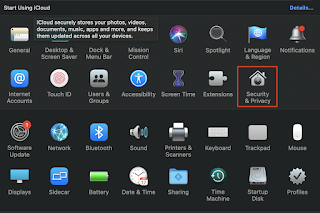Mobile Application Test Automation Strategy
Need for Test Automation Strategy
Mobile applications are evolving and growing at a rapid pace. New features developed for the applications are released incrementally within a short span of time to stay competitive and also to sustain the business. Automation test strategy plays an important role in streamlining the process and defining quality testing cycles.
Selecting the right automation tool
Mobile automation tool selection plays a vital role in the automation strategy and can be a tedious task. There are many UI tools available in the market and choosing the right tool depends on many factors. UI automation tools can be widely classified into two types.
Image-based recognition tools
Object-Oriented tools.
Image-based recognition tools are less preferred over native object recognition tools. Image-based tools work by identifying the images. The main limitation of these tools is maintenance, application UI changes frequently during the development process, and any minor changes within the application would fail the tests and testers has to spend a considerable amount of time updating the images manually. Few examples of Image-based recognition tools are Eggplant, sikuli, applitools. However, these tools can be considered especially in situations where Object-based Test Automation tools cannot be used.
On the other hand native object recognition tools are most preferred. These tools work by identifying a UI object with a UI tree using xpath, CSS selectors, or native object ID of the elements. These tools are more resilient to changes with UI, resolution, or the device itself.
Device and OS selection
The strategy to release quality mobile applications relies on selecting the devices and OS version wisely.
Device fragmentation is pretty complex, with manufacturers, releasing new mobile models within a short span of time. Also, these devices are shipped with operating systems with custom implementations to enhance user experience.
The ideal test strategy must include tests targeting the OS versions with a minimum and the latest version available in the market. It is also necessary to run tests across other or mid versions to ensure the application works as expected.
Considering the selection of devices, the best approach would be targeting devices that have a larger user base. In reality, buying all devices will not be feasible. An alternate approach would be considering the combination of real devices and cloud-based device labs.
Automation framework selection
There are several automation frameworks available to choose from, but based on the type of user scenarios and the size of the application to be tested, evaluate the type of framework that suits.
Some key frameworks are modular framework, data-driven frameworks, keyword-driven testing, hybrid frameworks, and behavior-driven development.

Comments
Post a Comment